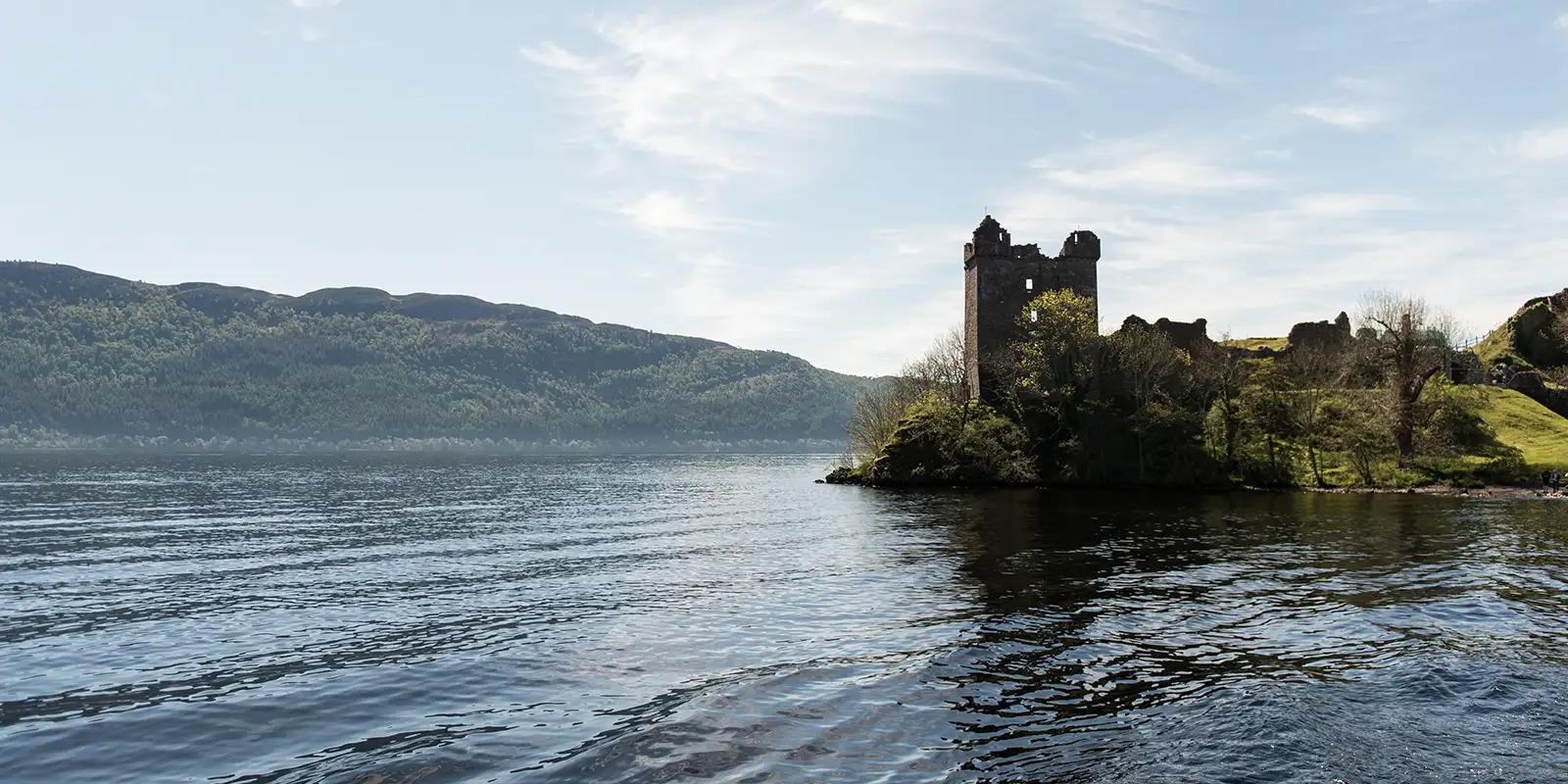Located in the Scottish Highlands, Loch Ness is a place shrouded in mystery, legend, and natural beauty. This iconic lake has captured the imagination of the world for centuries, thanks in large part to the enduring myth of the Loch Ness Monster, commonly known as Nessie. In addition to its legendary allure, Loch Ness offers a wealth of interesting facts, remarkable depths, diverse activities, and ever-changing weather.
The Wonders of Loch Ness
Loch Ness is not just any lake; it’s the second-largest lake in Scotland by surface area, spanning an impressive 22.5 miles in length and plunging to a depth of approximately 745 feet. This freshwater lake near Inverness is renowned for its dark, peat-rich waters, which create a sense of mystery.
One of the most mysterious aspects of Loch Ness is its elusive inhabitant, Nessie. Although there is no scientific evidence to verify the existence of a prehistoric sea monster, the legend continues to attract curious visitors from around the globe. Loch Ness’s murky depths have intrigued scientists and explorers alike, who have used sonar scans and deep-sea expeditions to search for Nessie.
Profound Depths
Loch Ness is not only one of the largest lakes in Scotland but also one of the deepest in the United Kingdom. Its remarkable depth of approximately 745 feet makes it one of the deepest lakes in Europe. The lake’s depth is a result of the geological history of the area.
The lake was formed during the last Ice Age, about 10,000 years ago, by glacial activity. As glaciers sculpted the landscape, they carved a deep trench that eventually filled with water, forming the lake we see today.
Things To Do
Loch Ness offers a wide range of activities and attractions for visitors to enjoy. Here are some of the top things to do at the lake:
Tours
Take a Boat Tour: Cruise Loch Ness is one of the premier boat tour operators in the area. Their daily cruise uses sonar equipment to scan the lake’s floor, allowing passengers to participate in the search for Nessie. Passengers will also get to see the lake’s only island, Cherry Island, as well as the breathtaking Fort Augustus Abbey.
Visit Urquhart Castle: This 13th-century medieval fortress played a significant role in Scotland’s turbulent history. The castle was strategically built on the banks of Loch Ness, making it a crucial stronghold during conflicts and wars. Visitors can explore the castle’s well-preserved towers, walls, and gates, gaining insight into the architecture and daily life of the time.
Visit the Loch Ness Centre
The Loch Ness Centre, a picturesque museum with impressive interactive displays, provides an educational experience about the lake’s history and the legend of Nessie. Visitors can learn about the scientific expeditions that have delved into the lake’s depths in search of Nessie. The museum also offers geological insights into the formation of Loch Ness and its significance in the region.
Natural Attractions
Take a Nature Walk: The Great Glen Way is a long-distance walking trail that stretches for approximately 73 miles from Fort William to Inverness, offering diverse hiking opportunities in the Loch Ness area. The trail takes hikers through woodlands, moors, and along the lake’s shoreline, providing an opportunity to observe local wildlife. Hikers can explore the Caledonian Canal, a marvel of engineering, and encounter historical landmarks along the way.
Go Wildlife Watching: Loch Ness is home to a rich diversity of wildlife, including a variety of bird species such as golden eagles, ospreys, and herons that can be seen soaring overhead. Otters are frequently spotted in the lake at dawn and dusk, while red deer graze in the surrounding woodlands.
Ever-changing Weather
Summer
Summer, from June to August, features the warmest weather and occasional rain showers. The average temperature hovers around 55-65°F (13-18°C).
Autumn
Autumn, from September to November, is a beautiful time to visit if you enjoy the changing colors of the Scottish Highlands. Temperatures range from 45-55°F (7-13°C).
Winter
Winter, from December to February, can be chilly. With temperatures ranging from 32-45°F (0-7°C), snowfall is possible. The Loch Ness area generally experiences milder winter weather compared to other parts of Scotland.
Spring
Spring, from March to May, can still be quite cool. Temperatures fluctuate between 40-55°F (4-13°C).







